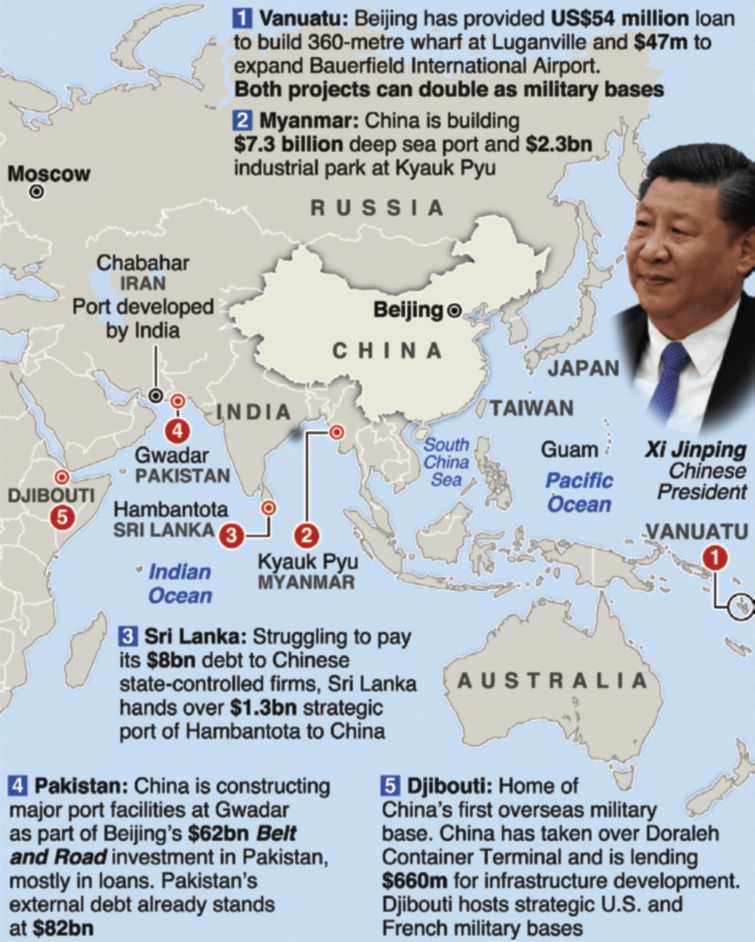7667766266
enquiry@shankarias.in
Recently, External Affairs Minister has made a reference to CPEC by stating that connectivity projects should respect the sovereignty and territorial integrity of Member States and respect international law.
What is the China Pakistan Economic Corridor (CPEC)?
China Pakistan Economic Corridor (CPEC) is the part of China’s Belt and Road Initiative (BRI)

|
Belt and Road Initiative (BRI) |
|
Debt trap diplomacy

References